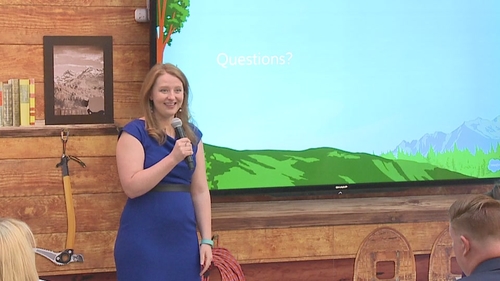Dreamforce 2017 stepped up the amount of content for B2B marketers, with one of the more educational sessions being delivered by Project Manager Allison Cuzzort, giving a deep dive into some best practice Engagement Studio tips.
Prioritising Responses & Tiered triggers
In addition to thinking about customer experience as they pass through an Engagement Studio programme, it’s equally important to consider how to respond to their behaviour. Start by mapping out the prospect’s journey and then consider the most valuable response a prospect can give, for example, registering for an event. Other responses such as clicking a link in an email or opening an email can be detected but are less significant.
Bearing in mind that in this example, the form submission to register for the event is the most important outcome, we could use a trigger to check for the form submission first, filtering off these responses into another path. Then if the form is not submitted, we can check for the other, less significant responses as secondary and tertiary triggers.
Make your programs work harder for you
Don’t forget to use Variable Tags and Dynamic Content for advanced personalisation of each of your Engagement Studio programs to improve engagement rate. Dynamic Content is particularly useful to make one program appropriate for a wide range of target audiences without having to make specific programs for each sub-segment of your data.
Get time on your side
Often, marketers are the busiest right before and after an event, which is a time when you’re likely to want to communicate with your prospects for pre-event reminders and post-event follow-ups. An upcoming feature of Engagement Studio programs is the ability to schedule emails to be sent on specific dates. You can also schedule specific start and end times for the program as a whole.
Understanding Program ROI
Another upcoming feature is being able to associate Engagement Programs with Salesforce Campaigns. Once the program is associated with a Salesforce Campaign, all prospects will automatically be associated with that campaign without having to add it as an action. At the moment, the campaign status can’t be changed, but this will be an option in future releases. For this reason, it’s advisable to continue using actions to add prospects to Salesforce Campaigns until this feature is fully functional and including statuses.
You’ve mastered the basics of building nurture programs with Pardot Engagement Studio. You’ve built killer programs and are seeing the results. But, what’s next? Join us to learn how you can take your programs to new heights. You’ll hear advanced tips and tricks to get the most out of your B2B lead-nurturing efforts.

